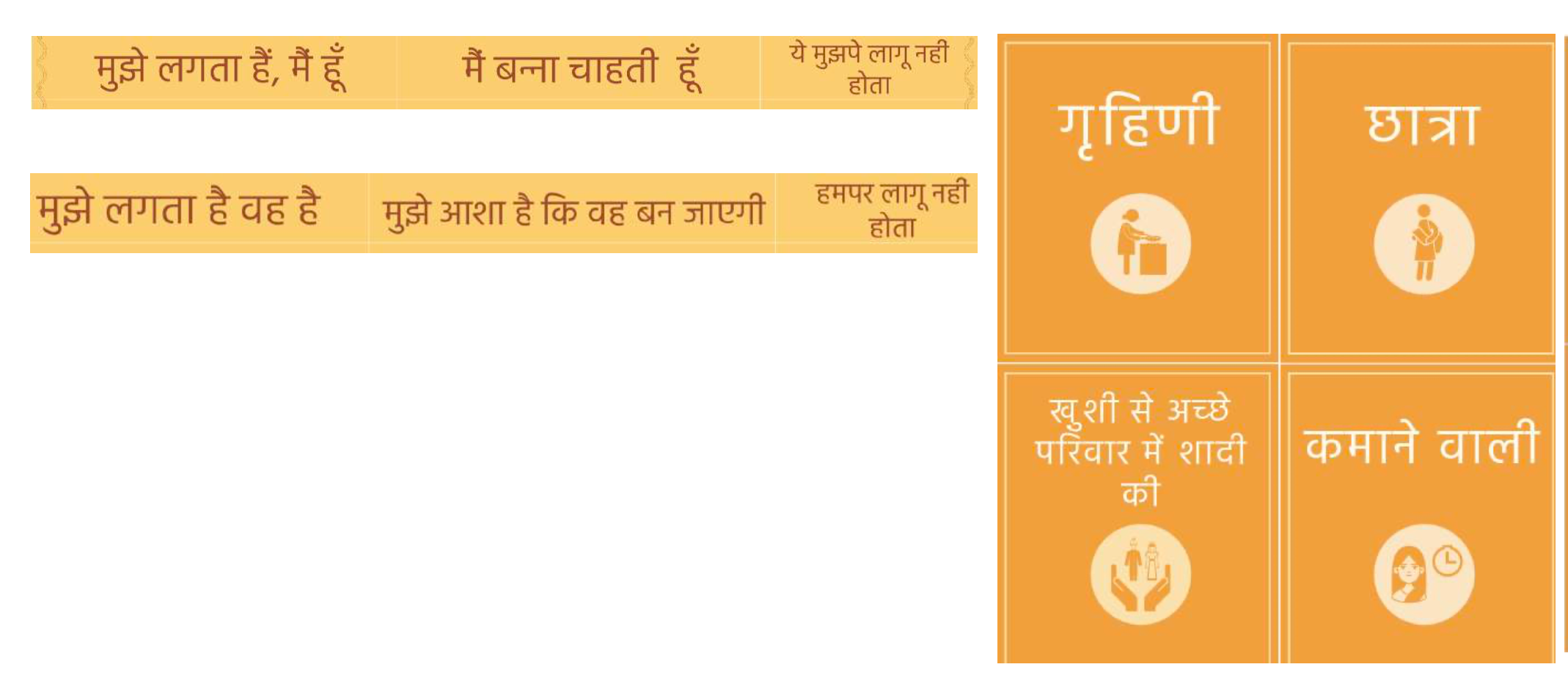How might we help survivors of sexual violence through the judicial process?
2019 | Duration: 6 months | Clients: Non-profit (Jan Sahas), Funding agency | Location: Madhya Pradesh, India
Role: Behavioral Researcher responsible for acquiring ethical approval to conduct the research, designing the research plan, conducting 8 interviews with survivors, synthesis into a journey map and assisting with intervention design
Problem
Building coping strategies for survivors of sexual violence and their family during the judicial process
Our objective was to study and influence narratives of the victim across different cases, and develop insight on the perceptions the survivor and family hold of Jan Sahas
Process
Project Background
Stakeholder Map: NGO delivers intervention to the survivors
The process of seeking and going through legal proceedings towards justice can come with an intensive psychological, financial, and even physical drain on her and her family. While Government and well-meaning NGOs have been at the forefront of helping the situation and have been working towards increasing access for survivors to the legal system, the ordeal remains traumatic. There is a need to improve the experience of survivors during the process of legal justice, in order to help them manage better and facilitate recovery.
Research Approach
1: Immersion Phase
Aimed at building a deep contextual understanding, in order for us to embed ourselves in the ecosystem of Jan Sahas and the geography.
In-depth interviews with:
Key employees of Jan Sahas
Key government stakeholders from the legal and medical system
Observational studies:
Office of the helpline staff
One-Stop Centre (for aggrieved women facing any kind of violence)
2: Case Investigation
In order to develop an in-depth understanding of a woman’s journey through the stages of the process.
1. Analysis of the case files and case artifacts (Police reports, Witness Statement, Charge sheet, Verdict, Compensation, Court Summons)
2. Case re-telling from a caseworker, and counselor
3. In-depth interviews with survivors and their family
Sample
The stakeholders covered in this qualitative study have a strong influence on her during the judicial process:
Caseworkers from JanSahas
Doctors
Lawyers
Counselors
Survivors and their families
For the survivors, the cases were chosen from the case files of Jan Sahas in collaboration with the caseworkers. 18 cases were selected on the basis on:
Different stages of a process: in the legal process, waiting for the verdict, positive verdict, negative verdict
Age: above or below 18
Marital status
Family members included: Brother, Father, Mother, Sister
Conducting Research
Why these methods? we were conducting research with vulnerable populations and had to ensure that we had tools to facilitate our discussion with them. They were design to have minimal words on them and aid story-telling as opposed to having a question-answer format that might make the survivors uncomfortable.
Ecosystem maps: the map was used to understand various dependencies and interactions within the Jan Sahas system and understand all the stakeholders involved
Picture cards for story-telling: Each card had incomplete story that led participants to narrate a story. These were designed to understand survivor’s emotions, coping and narrative that has built as a result of her storied actions.
Picture-cards for identity: Survivors sorted cards with different identities in three categories - "I think this is me", "I want to be this" and "does not apply to me". This activity helped us better understand her perception of herself and implicit associations with JanSahas.
Note-taking tool: A researcher’s notebook to make guided notes and especially useful in debrief sessions.
Synthesis
Mapping how people are related to the survivor
Creating a journey map for survivors
Journey Map
Her journey can be divided into the 3 distinct states: Victimhood, Survivorship and New Normal
Each state is representative of her identity, where she begins as a victim who is actively suffering, moves on to being a survivor who is driven to action and has gained some distance from the trauma, and finally reaches a new normal - where her identity is no longer defined by the experience of sexual violence. While it is not possible to circumvent the process through the three states as they are all are essential to her coping, we aim to strengthen and hasten her journey to her new normal.
Interventions
-
Progress Milestones
Showcase key legal, social and personal moments that contribute to a better future. As a collaborative activity at debriefs, highlight competency, skills or agency to make her future desirable

-
Gestures of Care
Enable and inspire warmth and comfort towards her by showing unspoken gestures of care to the family, who is also suffering and do what is natural in their context

-
Narratives of Coping
Assign blame to perpetrator through leading questions (first asked questions), and reframe all questions that could unintentionally make her think she had any responsibility in the violation










